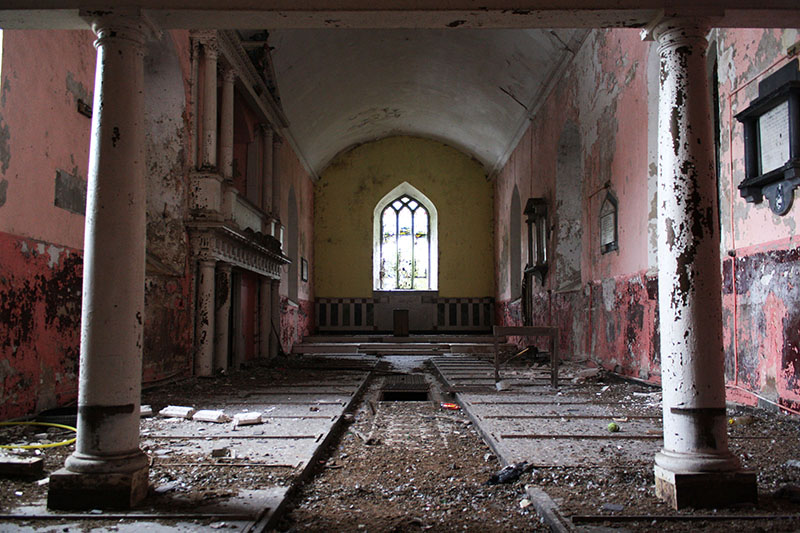
Yes, the Church was severely compromised by years of revelations of sexual abuse by priests and of the mistreatment of “fallen women” in Magdalene laundries. Yes, the Irish people had become more secular by years of membership in the EU and growing economic prosperity.
But what seems to have turned a narrow margin into a landslide was the case of Savita Halappanavar, the dentist who in the midst of a miscarriage died of sepsis because she could not be given an abortion while there was still a fetal heartbeat. Halappanavar became the emblem of the movement to strike down the Eighth Amendment to the Irish Constitution, which insisted, like the Catholic Church, that the unborn’s right to life is equal to the mother’s.
That position conflicts with the visceral human understanding that an early-term miscarriage is not the death of a person; that the mother’s life and health are more valuable than the life of the unborn; that a woman who becomes pregnant by rape or incest should not be required to carry to term.
The Church has always opposed abortion, but there was a time when its doctrine reflected that visceral understanding. According to no less authoritative figures than St. Augustine of Hippo and St. Thomas Aquinas, there is no life in the womb until the body is “ensouled” or animated, with ensoulment considered to take place at “quickening”—when the woman feels the fetus move. Until the middle of the 19th century (with one brief exception), an abortion procured prior to quickening was treated as a less serious sin than one procured afterwards.
Fetal monitoring is judged by some to have disproved the animation concept. After all, if heartbeat and brain function can be detected earlier, then quickening seems less of a marker of life in the womb. But no amount of fetal monitoring can determine when a body receives a soul. That’s a question for the theologians.
A religion should be wary of being out of step with visceral human understanding. In Ireland, polling showed that of the 31 percent of those who voted to retain Amendment Eight, just 38 percent opposed permitting abortions in cases of rape or incest. Altogether, on that issue less than 12 percent of Irish voters adhered to the Church’s position.
On other issues, they saw things differently. Making abortion available was favored by 71 percent in cases of fatal fetal abnormality and 67 percent if the woman’s health was threatened between 12 and 24 weeks’ gestation. But only 52 percent supported abortion on demand in the first trimester.
Meanwhile, it’s hard to avoid the conclusion that, as with contraception, the Catholic Church has lost its old ability to make nice moral distinctions, and boxed itself into an intellectual corner.






